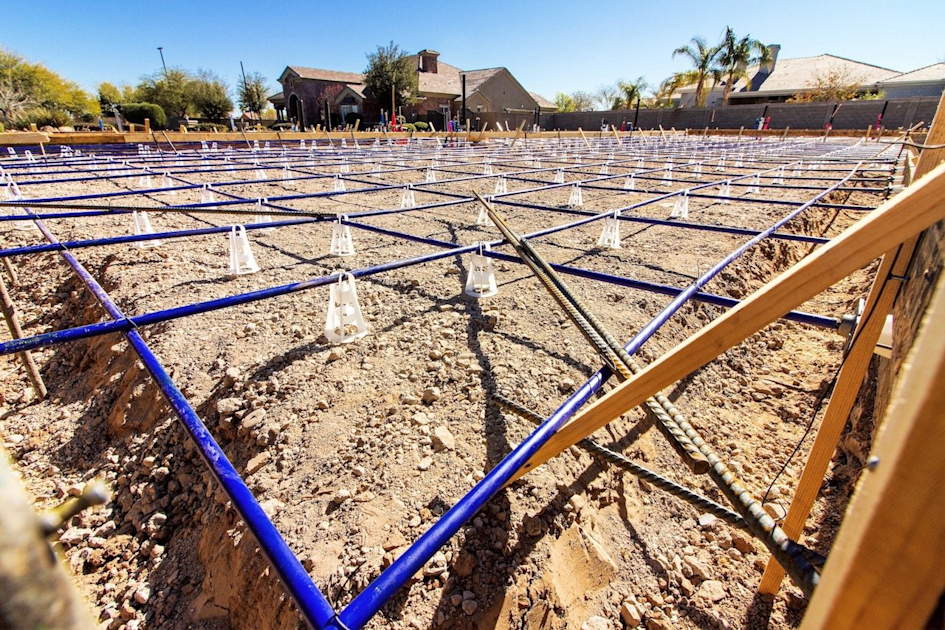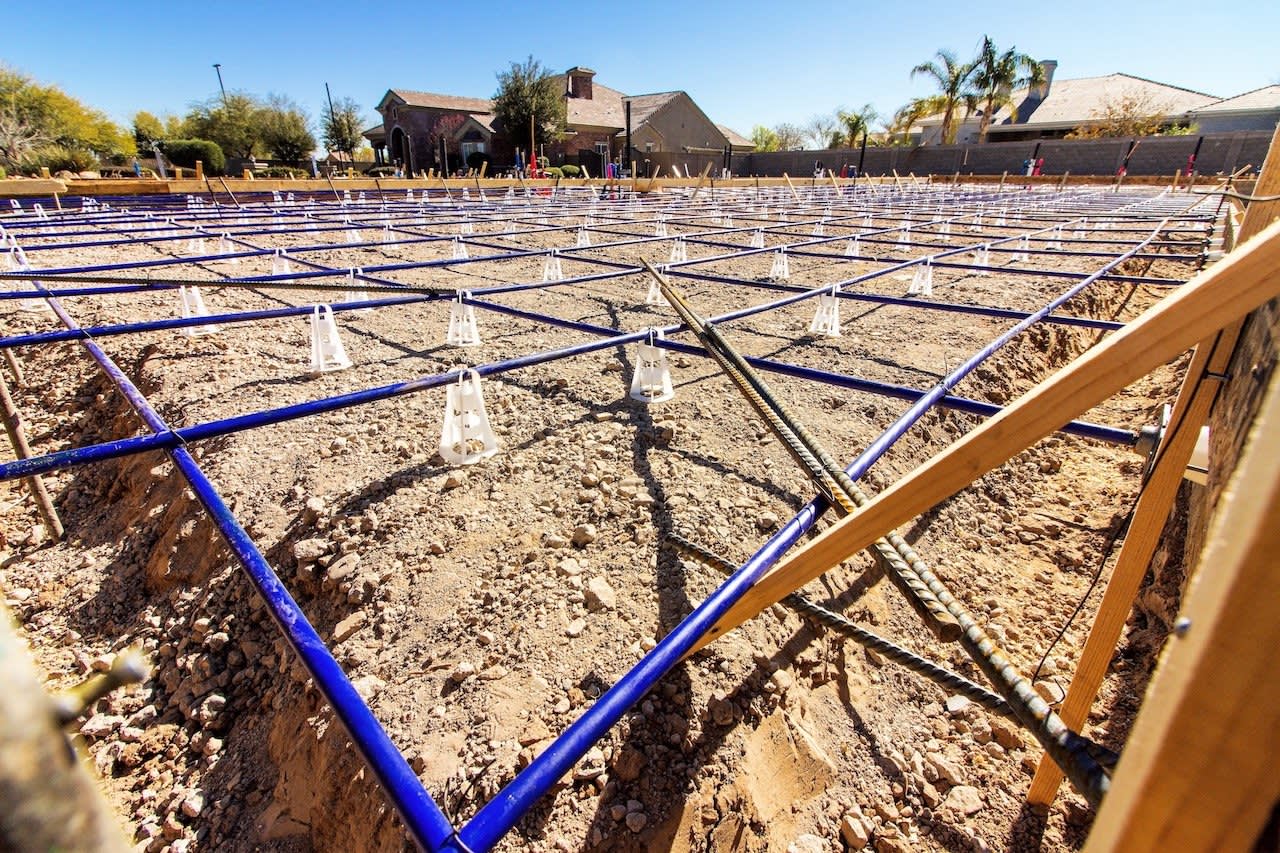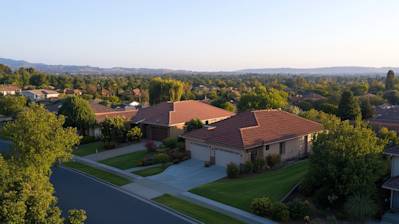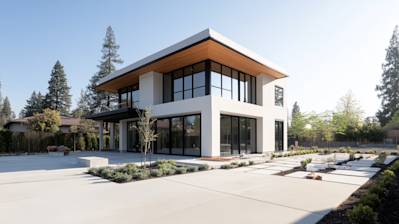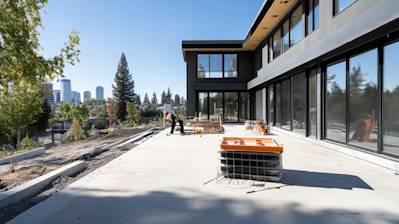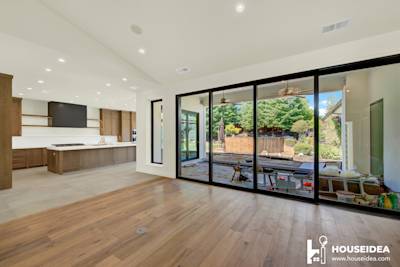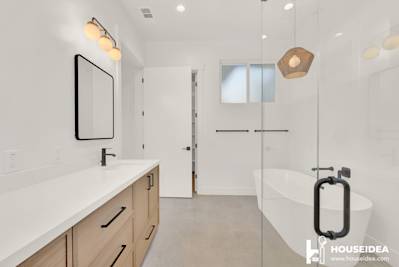Whether you are a homeowner, designer, or builder, you've likely been introduced to the term "post-tension slab". As industrial and residential construction projects become more complex and demanding, an understanding of the different types of structural engineering techniques becomes increasingly important. One of these is using a post tension slab. But what does this term mean, and why has it become a prevalent feature in modern construction projects? This piece aims to shed light on the components, process, and benefits of post-tension slabs. It will satisfy your curiosity and aid you in making informed decisions on your next project.
Understanding Post Tension Slab
A post tension slab is a type of structural foundation used in a building construction process to support and strengthen constructions. This type of slab is a combination of traditional concrete and reinforcement bars with a twist - steel cables known as "tendons" are run along the length of the slab, which are tensioned after the concrete has hardened.
The Components of a Post Tension Slab
Tendons
The primary component of a post tension slab is the tendon. A tendon is essentially a steel cable that is covered with plastic to prevent any direct contact with the concrete. These tendons are placed in a specific pattern to maximize the strength and stability of the slab.
Anchorages
Anchorages are used at each end of the tendon to provide a means of applying tension to the steel cables. These are typically constructed of high-strength steel and can be either active or passive, depending on the method of tensioning applied.
Ducts
In a post tension slab, ducts are used to contain the steel tendons. These are typically constructed of plastic and are placed within the slab prior to pouring the concrete. After the concrete has hardened, the tendons are tensioned and grouted within these ducts to provide the necessary structural strength.
The Process of Building a Post Tension Slab
The making of a post tension slab involves a series of meticulously followed steps:
- Firstly, the lay-out of the building area is completed, and excavation is done as per the layout.
- Subsequently, formwork is installed, and the cables or "tendons" are strategically laid throughout this formation.
- Concrete is poured over the formwork and allowed to harden while the cables remain unstressed.
- Once the concrete reaches a particular level of strength, these cables are then tensioned using hydraulic jacks and fastened off at the ends.
- The last step involves grouting the ducts that contain the tendons to avoid any damage or corrosion in the future.
Benefits of Utilizing a Post Tension Slab
The popularity of post tension slabs has grown exponentially worldwide due to its various advantages in the construction industry.
Increased Load Bearing Quality
Post tension slabs increase the building's load-bearing capability due to the high-strength steel tendons running through the concrete. Hence, these slabs can support heavier loads and longer spans which is particularly beneficial in commercial construction projects.
Faster Construction Time
Due to the simplified process and the reduction of material usage, post tension slabs are quicker to install. It significantly reduces the construction time, making it a preferable choice for many builders and contractors.
Cost-Effective and Efficient
Post tension slabs require less concrete and reinforcement steel, making them cost-effective. Not only is the material cost reduced, but the maintenance costs are also lower as these slabs are resistant to shrinkage and cracking.
The understanding and utilization of post tension slabs can yield impressive results in terms of durability, cost-effectiveness, and overall structural integrity. As a trend-setter in construction technology, it continues to transform the way buildings and structures are made, ensuring safety and longevity. The next time you plan a construction project, considering a post tension slab might just be the game-changer that sets your project apart.
Frequently Asked Questions about Post-Tension Slabs
How does a post-tension slab work?
Post-tension slabs are constructed by first pouring a concrete slab and then installing steel tendons through the slab in a specific pattern. These steel tendons are then tensioned by applying a specific amount of force, which induces compression. This process of tensioning the steel tendons strengthens the slab and makes it more resistant to cracking and displacement.
Why are post-tension slabs used?
Post-tension slabs are preferred in many construction projects due to their excellent structural integrity and durability. They are highly resistant to cracking and displacement, which makes them ideal for use in regions susceptible to ground movement. They also offer design flexibility and can be used to create stronger, thinner slabs, making them cost-effective for large spans.
What is the difference between a pre-stressed slab and a post-tension slab?
Pre-stressed and post-tensioned slabs both involve the process of introducing compressive forces to enhance overall performance. The major difference lies in the stage of construction when tension is applied to the reinforcement. In prestressed slabs, tension is applied before the pouring of concrete, while in post-tension slabs, it's applied after the concrete has hardened.
What is involved in the maintenance of post-tension slabs?
Post-tension slabs, like any other form of construction, require regular inspections to maintain their health. A professional should inspect the tensioning system for any signs of corrosion or other damage periodically. It's also vital to ensure that the protective coating around steel tendons is not damaged, as this can lead to more serious structural issues.
Are post-tension slabs safe?
Yes, post-tension slabs are extremely safe when installed correctly. They provide a higher degree of structural integrity and are more resistant to cracking and displacement compared to traditional concrete slabs. However, care must be taken during construction and renovation processes, as the under-tension cables can cause injury if cut or damaged.
Can post-tension slabs be repaired?
Absolutely. If cracks or other damages occur in your post-tension slab, they can be repaired by professionals. The process might involve injecting an epoxy resin into the crack or replacing damaged tendons. However, the specifics of the repair process rely heavily on the severity and location of the damage.
What materials are used in constructing a post-tension slab?
The main materials used in constructing a post-tension slab are concrete and steel tendons. The steel tendons are threaded through ducts in the slab before being tensioned. They are then grouted and capped to protect them from corrosion and damage.
What is the lifecycle of a post-tension slab?
The lifecycle of a post-tension slab can be long-lasting, with many instances of post-tension slabs serving well for over 50 years. This is because the tensioning process used in creating these slabs provides an additional level of strength, making the slabs more resilient to damage caused by load or environmental conditions.
What are the costs associated with post-tension slabs?
The costs of post-tension slabs vary depending on several factors, such as the complexity of the project and the local labor costs. However, on average, post-tension slabs can generally be more cost-effective than traditional concrete slabs, especially for larger spans due to reduced material usage.
Are post-tension slabs suitable for all types of buildings?
Post-tension slabs are versatile and can be used for a wide range of building types. They are particularly useful in multi-story buildings, bridges, and other large structures. The design flexibility allows architects and engineers to use them in creative ways to improve structural integrity and aesthetics.
Understanding the Pros and Cons of Post Tension Slab
The Pros of Post Tension Slab
Increased Structural Strength
One of the most significant advantages of post tension slabs is that they offer enhanced structural strength. This means they are capable of handling significant loads and weight. Their superior structural integrity makes them the ideal choice for commercial and large-scale residential constructions. Post tension slabs enable the construction of sturdy and robust foundations, which can withstand a range of loads and pressures. Due to their enhanced strength, post tension slabs can be used to construct multi-storey buildings without compromising on stability and safety.
Improved Durability
Another considerable benefit of post tension slabs is enduring durability. Unlike traditional slab designs, post tension slabs are less prone to damage from ground movement or seismic activity, thereby offering long-term performance. The prestressed concrete used in these slabs is capable of resisting weathering, corrosion, and physical wear and tear, making them a long-lasting choice for construction projects.
Flexibility in Design
Post tension slabs are not only functional, but they also offer considerable flexibility in design. These slabs allow architects and designers to explore a variety of designs and architectural styles. They can be created in a variety of shapes and sizes, which makes them suitable for a wide range of applications. A visit to HGTV will reveal some of this versatile application of post tension slabs in modern construction design.
Economical
In the realm of construction, post tension slabs offer a cost-effective option. They reduce the need for reinforcing steel, cutting down the costs involved and making them a more economical option. Moreover, these slabs require less concrete than conventional slabs for the same load capacity, resulting in further cost reductions in terms of material usage.
The Cons of Post Tension Slab
Specific Construction Skills Required
On the flip side, the construction of post tension slabs requires specific skills and expertise. The process is not as straightforward as other slab concrete options. Specialized training is needed to accurately and safely install post tension slabs, adding an additional layer of complexity to the construction process.
Limited Adjustments Post Installation
Under the cons of post tension slab construction also falls the limitation of making adjustments post-installation. Modification such as cutting or drilling into post tension slabs post-installation pose significant risks of damaging the tension cables within the slab. This can lead to structural instability. Thus, post tensioned slabs require thorough planning and accurate design before installation.
Repair and Maintenance Challenges
One of the potential downsides of post tension slabs is the challenges involved in repairing them. If the tensioned cables are damaged, it is likely to be an involved and expensive process to repair them. Additionally, regular inspection is required to ensure the tensioning cables are not damaged or corroded over time. This can add to the ongoing maintenance costs of post tension slab buildings.
Temperature and Shrinkage Cracks
While post tension slabs are highly resistant to structural damage, they are susceptible to temperature and shrinkage cracks. These types of cracks occur in the concrete during the curing process, and while they usually do not affect the structural integrity of the slab, they can affect the appearance. Therefore, it’s important to consider this potential downside when choosing post tension slabs.
Summary
Even with its fair share of advantages and disadvantages, a post tension slab remains a popular and practical choice in the realm of construction. Its versatility makes it an excellent pick for various construction projects. From residential to commercial buildings, and even bridges, the efficiency and durability of a post tension slab continues to prove its worth.
One significant benefit of a post tension slab that is often highlighted is its cost-effectiveness. By using this construction method, you can effectively reduce the amount of concrete and steel compared to traditional construction methods. This reduction not only saves material but ultimately lowers overall construction costs. Despite the upfront cost of post tensioning, the long-term savings can outweigh the initial outlay.
Though post tension slab may require specialized knowledge and skills to execute, the advantages it brings are worth it. It provides better control over crack width and direction compared to non-post tensioned members. It adapts well to the ground movement and resists large bending and shear forces due to the high-tensile-strength steel strands or bars inside. With all these positive attributes, it's no wonder why post tension slab remains a sought-after method in the construction industry.
About HouseIdea
Welcome to HouseIdea! We're a vibrant, innovative company based out of Sacramento, CA, that's passionate about all things design and decor. Our mission is to help homeowners transform their living spaces into places of beauty, comfort, and inspiration. We believe in the power of a well-decorated home to boost your mood and wellbeing, and we're here to make that home design dream a reality for you. No matter what style you're into or what your budget might be, at HouseIdea, we've got an idea for everyone!
Tags: construction, post tension slab, building materials,

